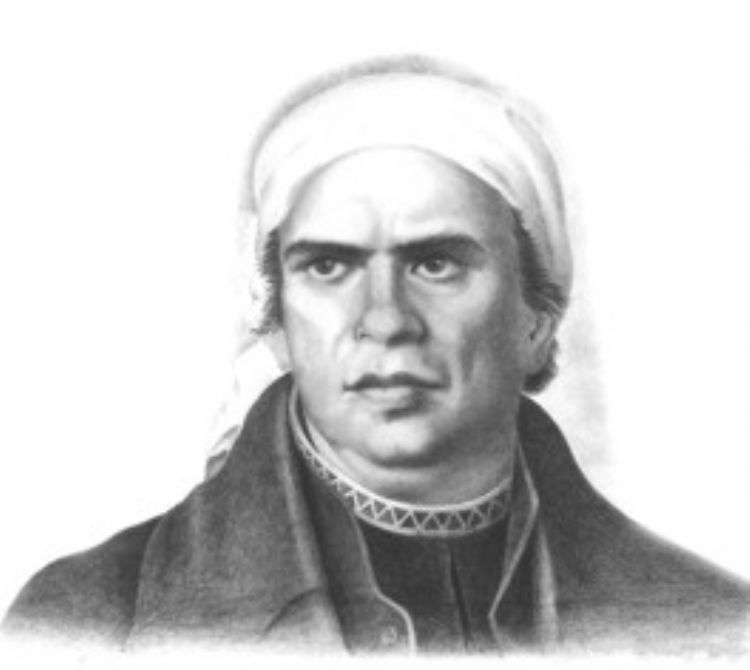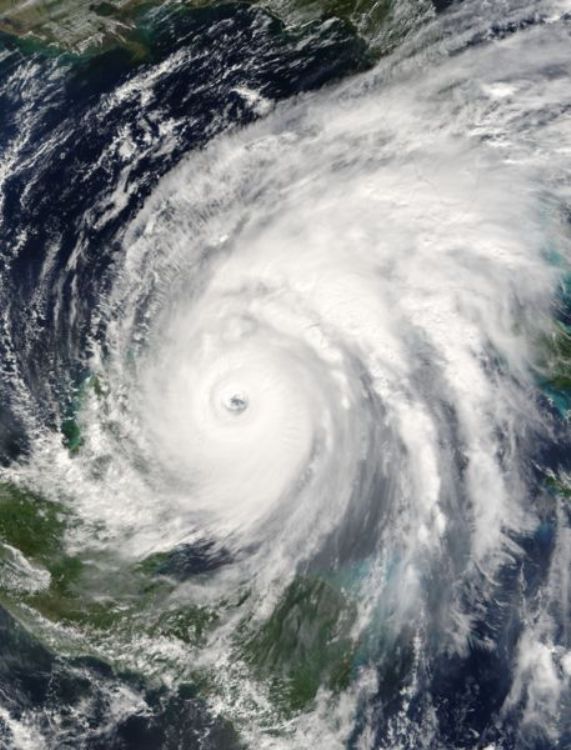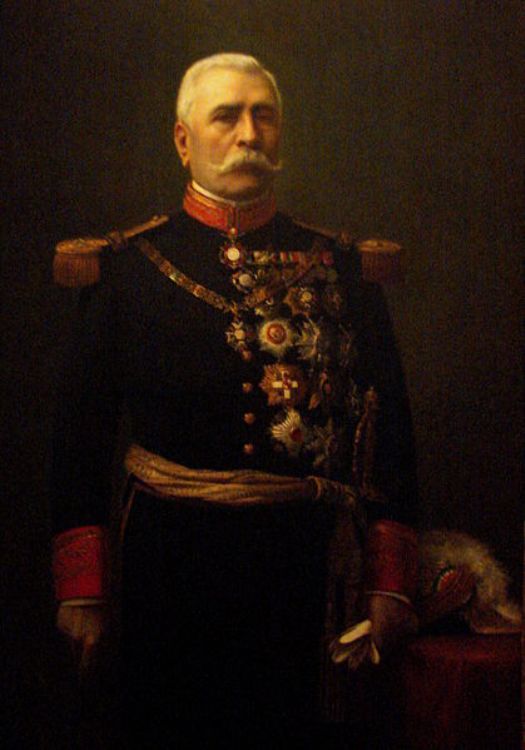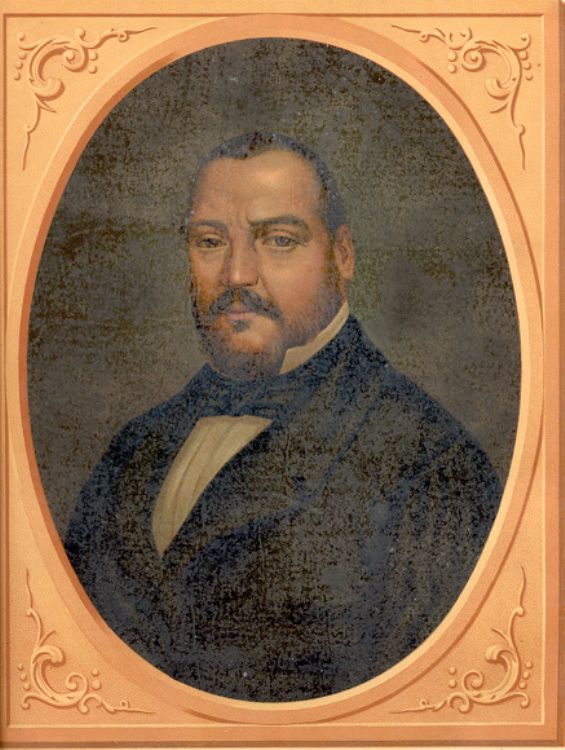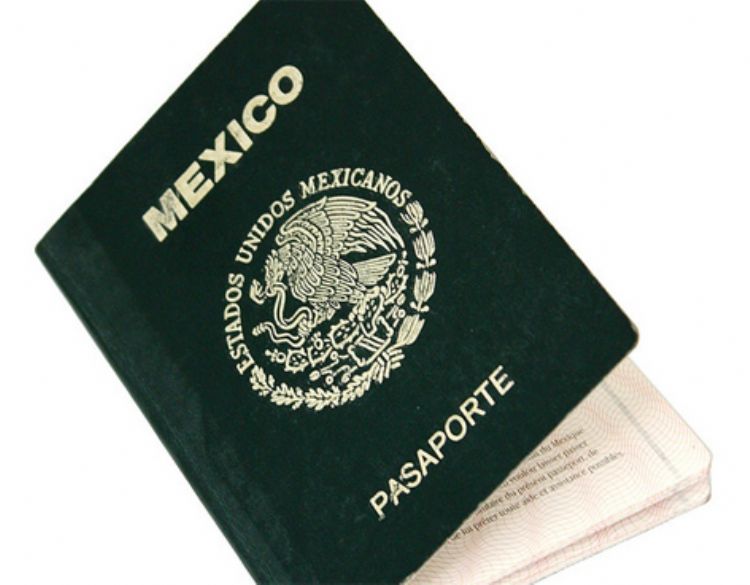The Main Drug Cartels at Mexico
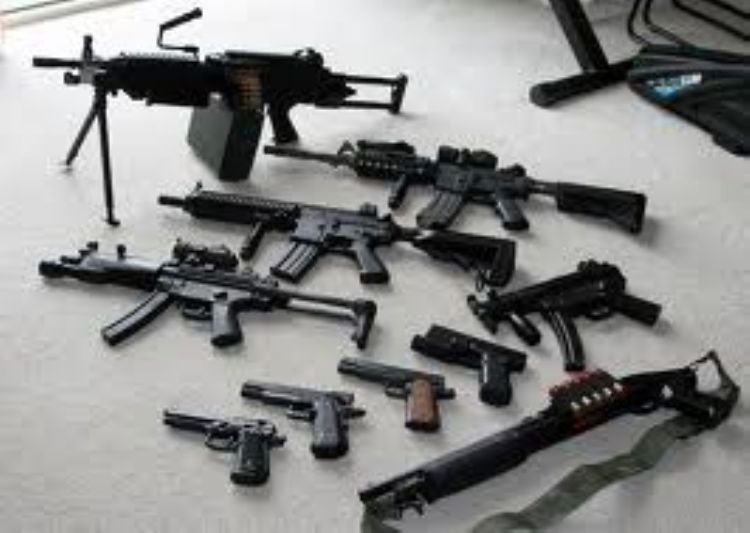
The amount of cartels fighting for control the drug trafficking in Mexico varies according to the sources, although factors such as the capture of its leaders, mergers and elimination of criminal groups also play an important role in the count. Mexico is emerging as the leading supplier of drugs to the United States, who is without doubt the world's largest consumer. The desire to take a portion of the lucrative market and the fact that the one who controls more territory generates more revenue, is what has caused the violence between the cartels grow.
The most recent data comes from the years 2014-2015, and the maximum justice department at Mexico, Procuraduría general de la república, recognizes 9 cartels operating in Mexico at 2016. The main organizations are the Pacific cartel, the Arellano Felix, the Beltran Leyva, La Familia Michoacana, Los Zetas, Carrillo Fuentes, the Gulf cartel, the Jalisco nueva generación Cartel and the weakened group of the caballeros templarios.
It was in 2006 when the president Felipe Calderon launched a massive operation against drug trafficking through the training and deployment of more than 30,000 members of the Army and the Federal Police. This was known as the "war against narcos". The administration of President Peña Nieto decided to continue (though he change the approach) fighting against the criminal groups and already in 2013 the number of cartels was recognized as 8. Although the increase in the number of these organizations may sound daunting, it should be noted that the size and power they have, is lower.
In figures, drug trafficking has been involved in more than 62,000 deaths from 2006 to 2014, it is related to more than 27,000 missing persons in the same period and more than 70% of the arms seized to criminals come from the United States (data CNN). One of the most famous cases is the one of Edgar Guzman, 22-year-old son of "Chapo", leader of the powerful Sinaloa Cartel. He was killed on May 10, 2008 in the parking lot of a mall in his native Culiacan , their murderers fired more than 500 bullets.
Even behind bars in jail, traffickers continue manipulating their cartels, issuing orders to eliminate rivals and leaving evidence of the inability of the state to dismantle organized crime. Again, the most notorious case of corruption is Joaquin Guzman Loera, the "Chapo Guzman," who has escaped twice from maximum security prisons. Finally, a brief description of each cártel, I have to recognize that the data of the territorial distribution comes from Forbes.
The Gulf Cartel
This Mexican criminal band was formed by Juan Nepomuceno Guerra in the 1940s. Through the years it has grown and strengthened through corruption authorities and police chiefs. As an interesting point its leader Osiel Cardenas Guillen was arrested and put in the maximum security prison in March 2003 Almoyola, but from there he continued being the leader of the Gulf Cartel until January 2007, when he was extradited to the United States.
Until certain point it is considered a cártel of the old school, as they try to minimize damage to civilians. It keeps control of the state of Tamaulipas and parts of Quintana Roo and Veracruz. His thugs (armed wing, responsible for killings and settling of scores) were until 2010 a group called the Zetas. Currently it has links with 12 criminal gangs.
Los Zetas
With a paramilitary structure, they easily receive military deserters either from Mexico, Guatemala and Columbia. They worked for more than 10 years serving the Gulf Cartel, becoming independent in 2010 and having a turf war that even leave towns without habitats when they flee from the violence. Several of its leaders have been killed (as Heriberto Lazcano Lazcano, 2011) or arrested (Miguel Trevino Morales, 2012). They operated in Guanajuato, Tamaulipas, Nuevo Leon, Coahuila and Tabasco.
The Arellano Felix cartel:
It was previously called the Tijuana cartel, by their place of origin. The Tijuana Cartel was considered one of the violent currently operating in Mexico. This cartel began to operate when the leader of the Guadalajara Cartel, Miguel Angel Felix Gallardo, was captured in 1989 and its organization broke up into two separate cartels. One was the Sinaloa cartel run by Joaquin Guzman Loera, alias "El Chapo" and the Tijuana Cartel led by Ramon Arellano Felix. Ramon was killed in an armed confrontation with ministerial police in Mazatlan in February 2002, it is assumed that he arrived to the city to assassinate "El Mayo Zambada," leader of the Sinaloa Cartel. After his death, the leadership of the Tijuana Cartel was left to his brothers, three of them have already been captured.
On April 26, 2008 occurred one of the bloodiest events caused by this cartel, when drug traffickers fought a gun battle in the streets of Tijuana, 13 people died. In January one year later, eight people died during a confrontation at a safe house where the Tijuana Cartel had many rivals kidnapped, gunmen fired in the house for three hours at the police and soldiers who were trying to capture them.
Previously the Arellano Felix had alliances with the Gulf cartel. At present they have withdrawn from other states and firmly controlled only North and South Baja California. The cartel has relationships with the bands Chan, the Kieto and Jorquera.
Cartel of Pacific:
The Sinaloa cartel, led by Joaquin Guzman Loera, alias "El Chapo", keeps its influence in 17 states. It is also known as Guzman Loera organization or Pacific Cartel. It is mainly involved in the trafficking and distribution of Colombian cocaine, Mexican marijuana and Asian heroin. This organization was created in 1990 and operates in the North Pacific and since the first flight of "El Chapoâ from the maximum security prison in Puente Grande in January 2001, has extended its framework to the central and south part of the country. Obviously this territorial expansion has made them confront with criminal groups that had its influence there.
Its strong clashes with the main leaders of Arellano Felix and the Carrillo Fuentes family have left a trail of blood throughout the country, linked to judicial events of great importance in Mexico, such as the murder of Cardinal Juan Jesus Posadas, the execution of Rodolfo Carrillo Fuentes and the assassination of Regional Security coordinator of the Federal Police, leader of the operations against these criminal groups, Edgar Eusebio Millán Gómez. This last was executed in May 2008 in retaliation for drug seizures and arrest of 13 of their gunmen.
Despite the capture of its leader "El Chapo" the Procuraduria general and the DEA itself have commented that the cartel still stands, as the organization does not depend on one man. It has influences in Guerrero, Baja California, Chihuahua, Sinaloa, Durango, Sonora, Aguascalientes and a small presence in the state of Mexico.
Beltrán-Leyva Cartel:
Originally this crime gang was led by the brothers Marcos Arturo, Alfredo Hector and Carlos Beltran Leyva and by the now defunct Ivan Beltran Villarreal. Presumably all them had criminal background in the Sinaloa cartel. Curiously Wikipedia and some police forces consider dissolved this cartel, while the PGR, Forbes and several media talk of reorganization. If so, give them credit for the territory of Sinaloa, Sonora, Guerrero, Puebla, Aguascalientes and part of California.
It has links with gangs as the mazatlecos, granados, los rojos, la oficina, los ardillos, the Independent Cartel of Acapulco and los 2000.
Caballeros templarios:
They are native from Michoacan, like many other groups began working for the Sinaloa cartel. Originally they tried to win the approval and protection of the public, although currently charge fees and extort the merchants who are on their areas of influence. Its founders were Servando Gomez Martinez and Enrique Plancarte. It is supposed they don´t have links with gangs and have a reduced operation on the states of Michoacán, Morelos, Guerrero, México, Jalisco, Guanajuato, Colima and Queretaro.
The Juarez Cartel
The Juarez Cartel was the organization with the largest presence in Mexico. It used to control 21 states. The Juarez cartel began its activities under the leadership of Amado Carrillo Fuentes, nicknamed "Lord of the Skies" due to its innovative system to transport cocaine, an entire fleet of Boeing 727. He died in 1997 during a plastic surgery performed in order of not being identified by authorities.
Carrillo Fuentes was the most powerful trafficker of his time and came to own 25,000 million. It is known that under his command, the Juarez Cartel was earning 200 million dollars every week, 10% of this amount was handed over to authorities in bribery. His story was made into a film in Colombian series âEl señor de los cielos" although it has many creative liberties. Currently this cartel only has territory in Chihuahua and Sinaloa.
Cártel Jalisco nueva generación:
As its name suggests this criminal organization originally operated only in Jalisco, but have expanded to Colima, Michoacan, Guanajuato, Nayarit, Guerrero, Morelos, Veracruz and Mexico City. In the beginning they were called Matazetas by their deep hatred against that organization. Precisely, they have released videos on were they presumably interrogated and executed members of the Zetas.
They were very active during 2015 after rumors got spread about the capture of its leader Nemesio Oseguera Cervantes, and the attempt of its armed forces to releasing him, facing the army and police, making blockages in federal roads and creating chaos in the state of Jalisco . After this demonstration of strength and the weakness of several of the above mentioned groups, many expect this group try to conquer more territory at other states.
La familia Michoacana:
Supposedly they control areas of Guerrero, the state of Mexico and Michoacan. They are in a similar situation to the Beltran Leyva cartel, as there is conflicting data about its disappearance against its reorganization to have a lower profile to go unnoticed. The undeniable fact one is that this organization has became weaker after the capture of several of its leaders from 2009 to the 2015 itself.
They have relationships with groups called "Guerreros Unidos" and "La compañía".
Artículo Producido por el Equipo Editorial Explorando México.
Copyright Explorando México, Todos los Derechos Reservados.
Foto: Wikipedia.org

